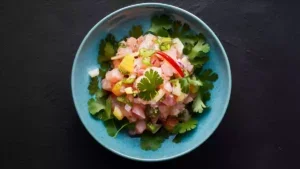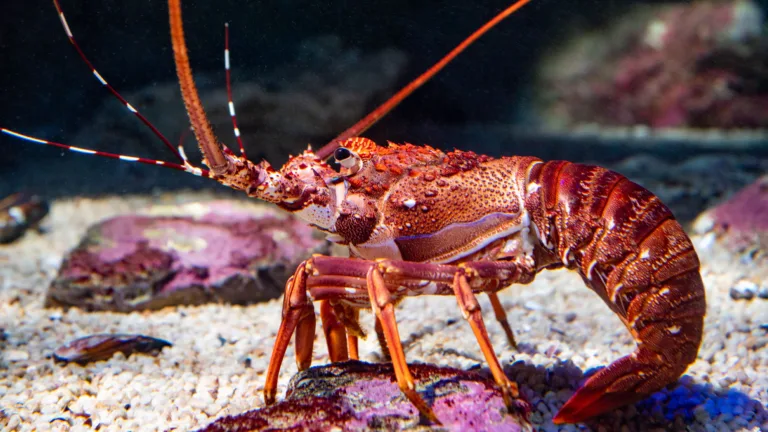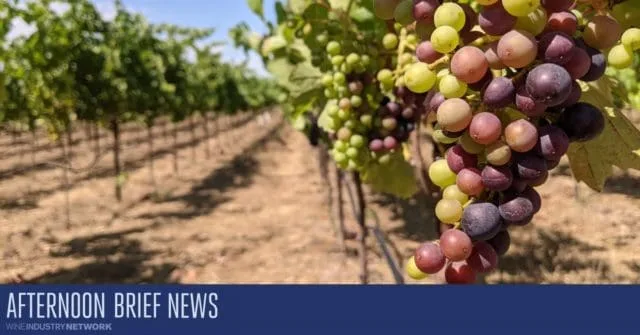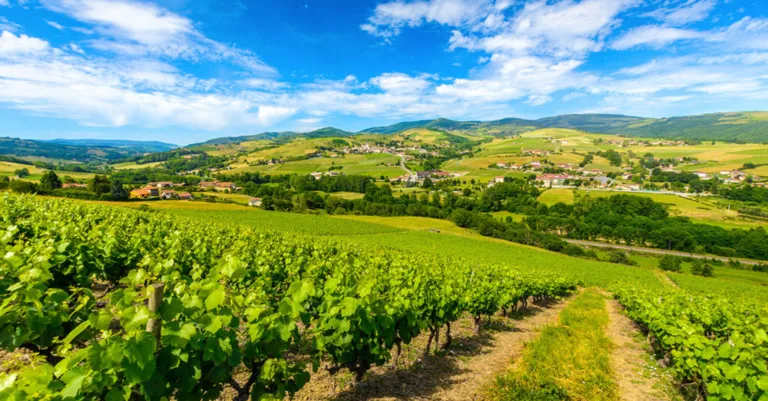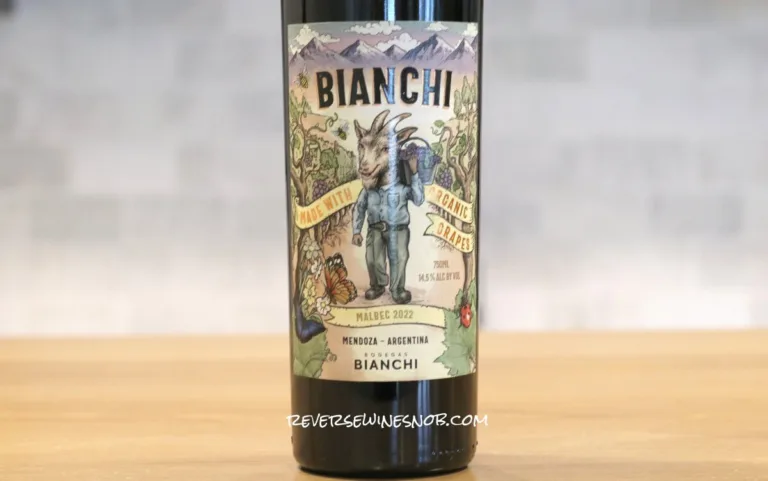Just as last month I couldn’t legitimately assign the Greek stew kydonato to a single wine region, so, this month, my subject is another free-ranging dish—one with an even greater reach: ceviche. Raw fish or seafood marinated in citrus juices to coagulate the proteins is found in myriad variations in Hispanic American countries, especially, but not only, those with borders on the Pacific Ocean. One of my early encounters with ceviche (cebiche, sebiche, or seviche) was a cookery class in London at which we prepared Argentine recipes and then paired wines with them, more of which later.
Such is many Chileans’ enthusiasm for the dish that any first-time visitor to Chile might well assume that they were in the birthplace and contemporary heartland of ceviche, but Peru’s claim is greater. There is evidence that in the coastal regions of northern Peru the Moche civilisation (circa 100–800 AD) ate their fish raw, with similar evidence for the succeeding Chimú and Inca cultures. In his 1534 Verdadera Relación de la conquista del Peru, Francisco de Xerez, the explorer and chronicler who became the personal secretary of the conquistador Francisco Perez, wrote that the native people ate “meat and fish, all raw.”
Pre-Columbian peoples would have had chili peppers, but no citrus fruit, nor indeed the onions that now feature in almost all ceviche recipes. It has been suggested that they marinated their fish in chicha de jora (Peruvian corn beer), or that they used tumbo, a relative of passion fruit, but
This Article was originally published on World of Fine Wine

